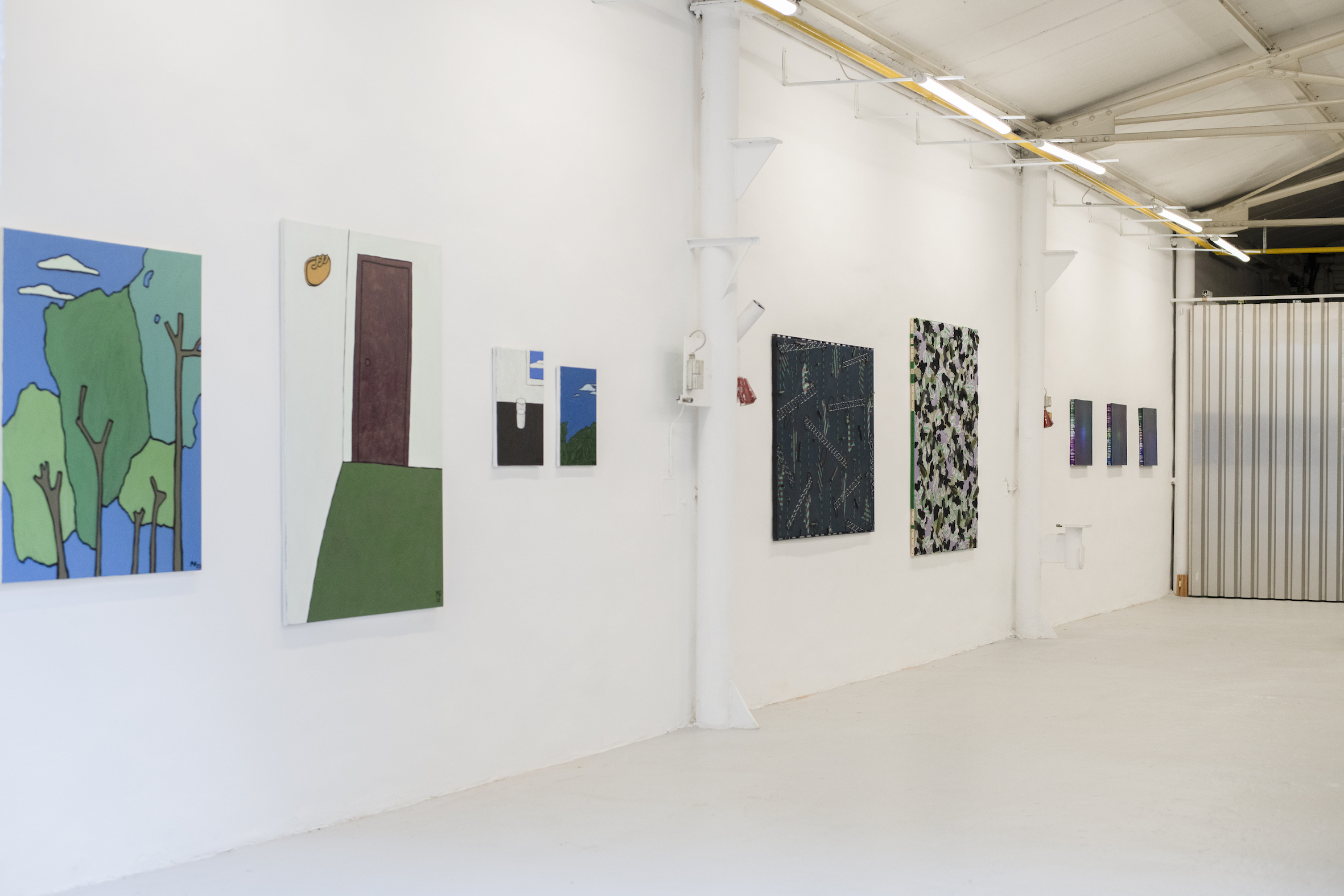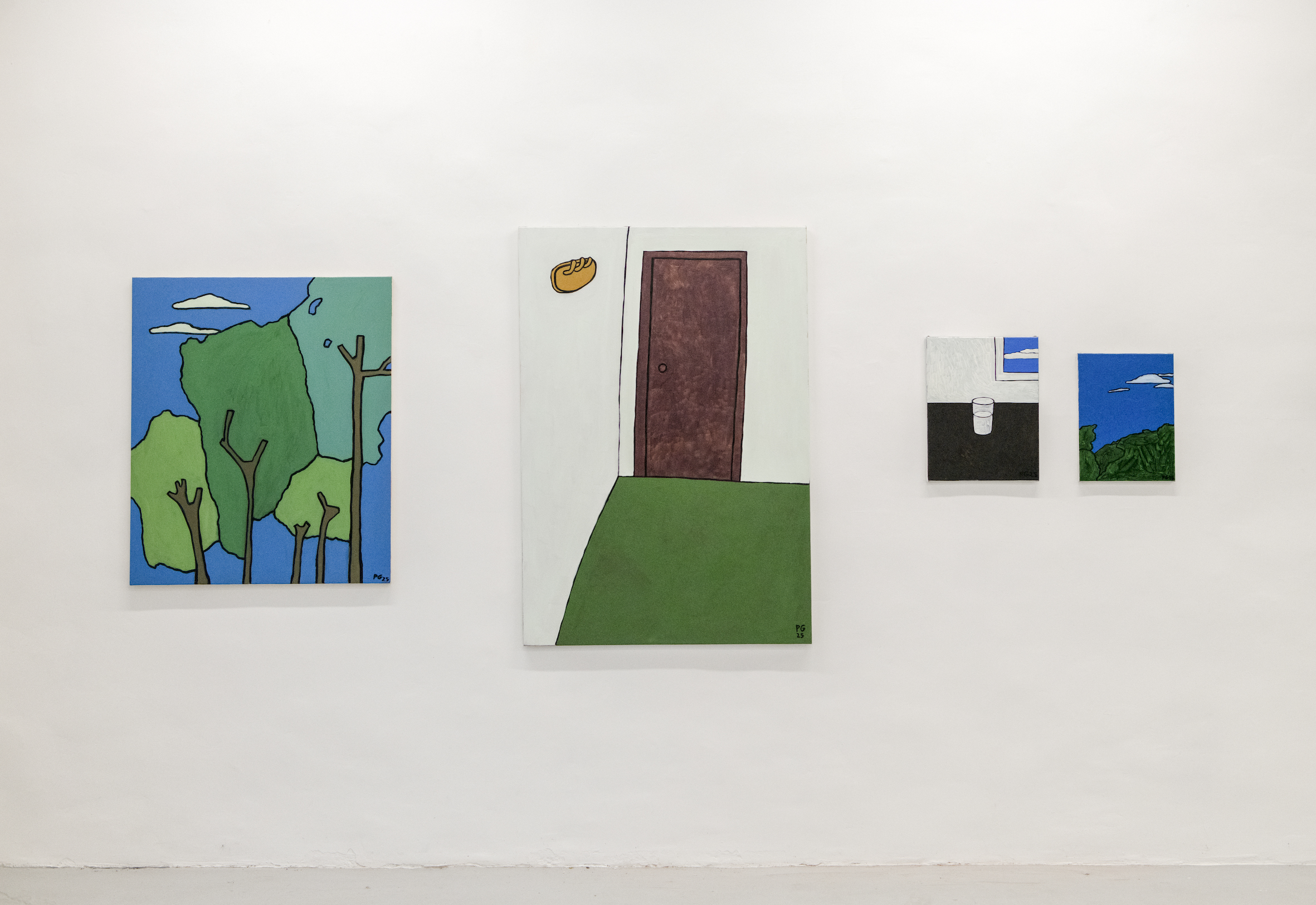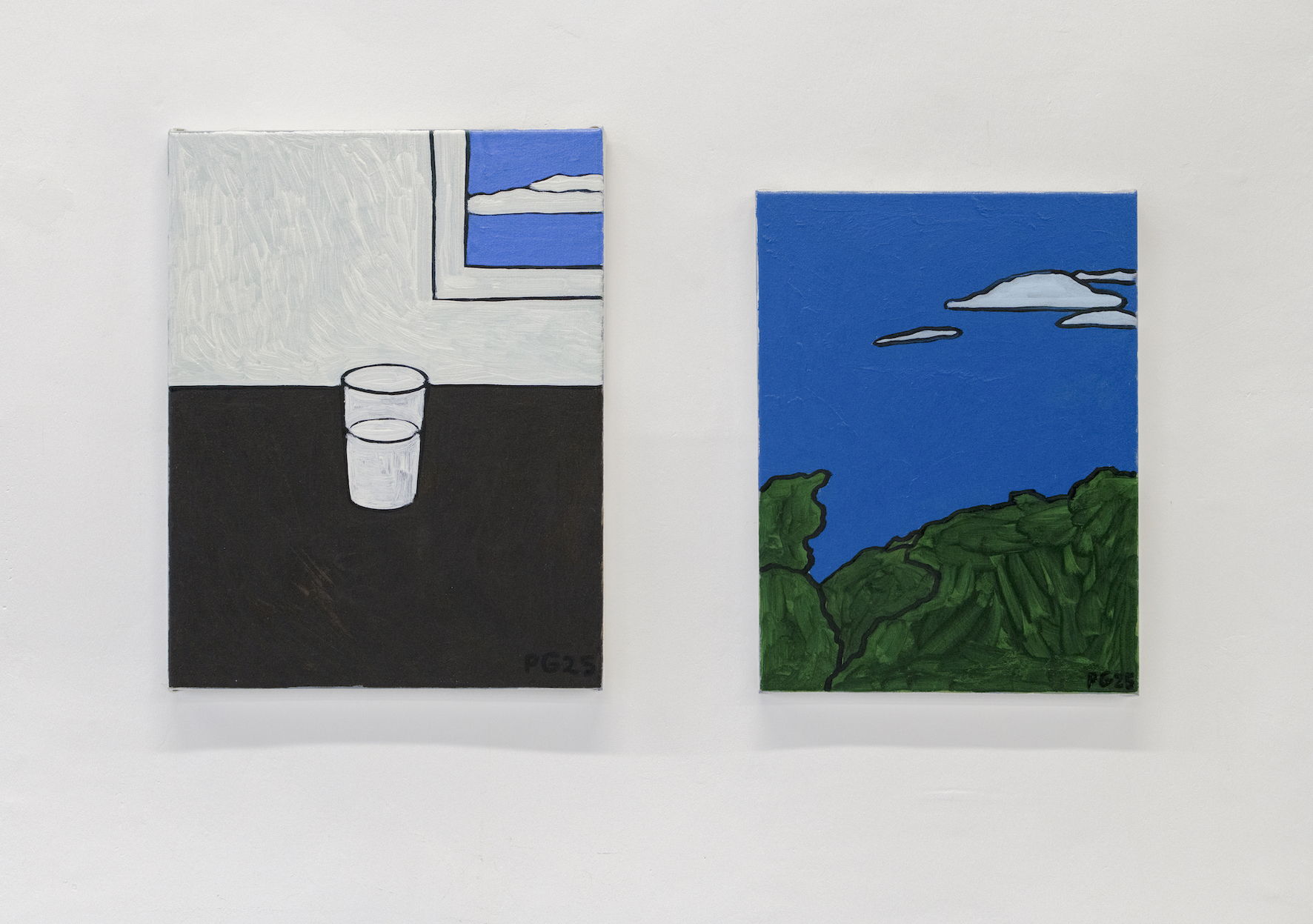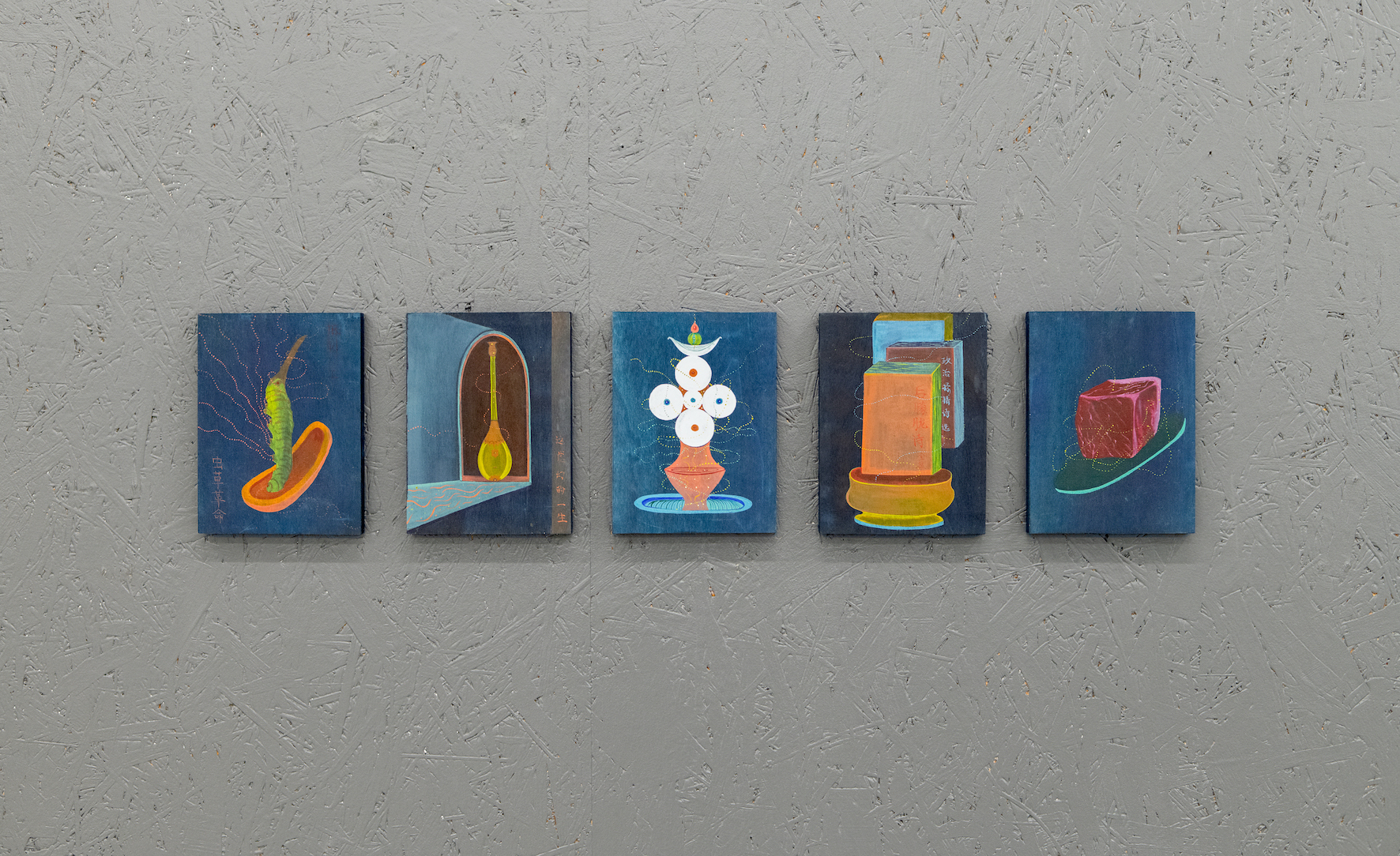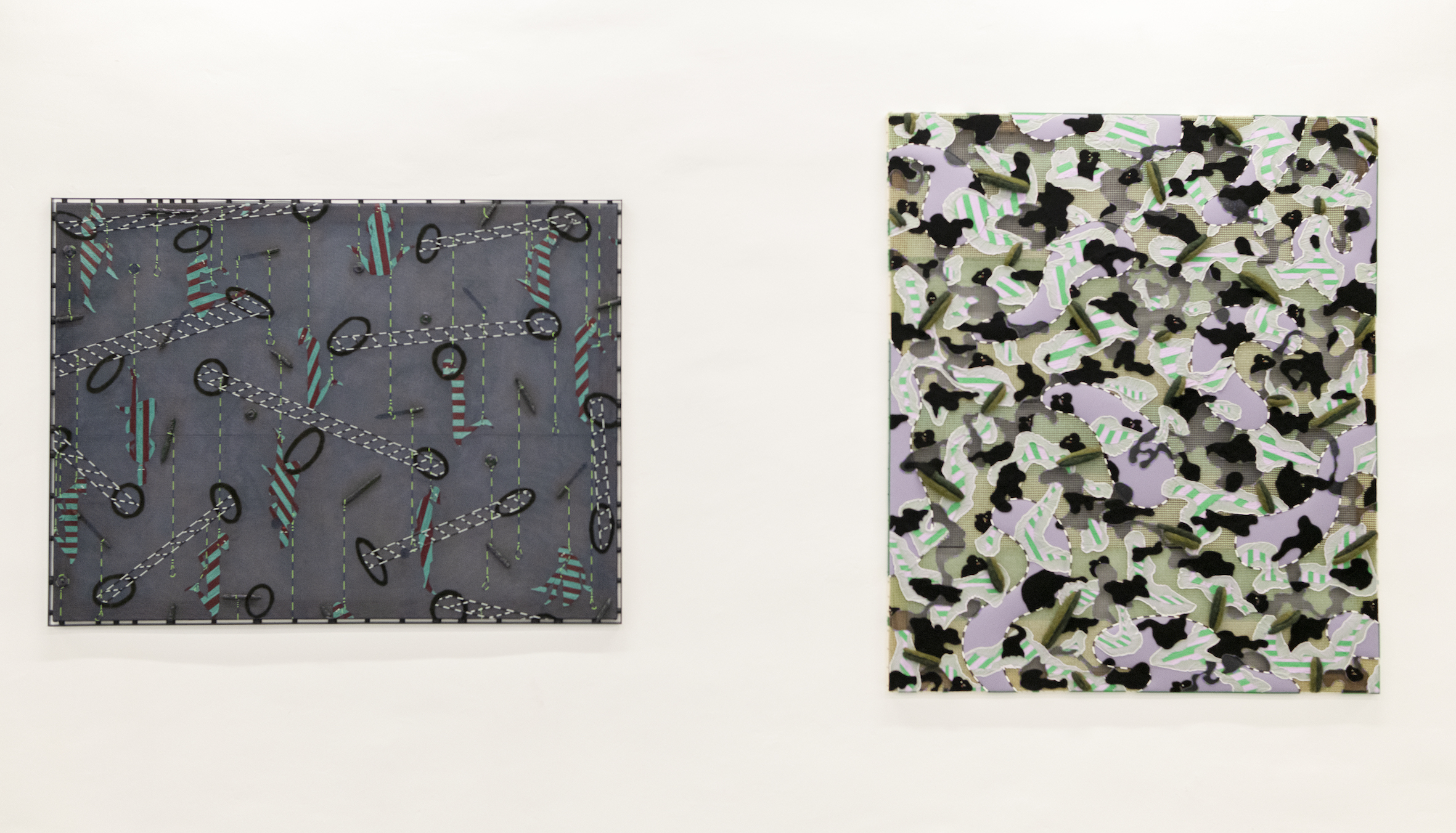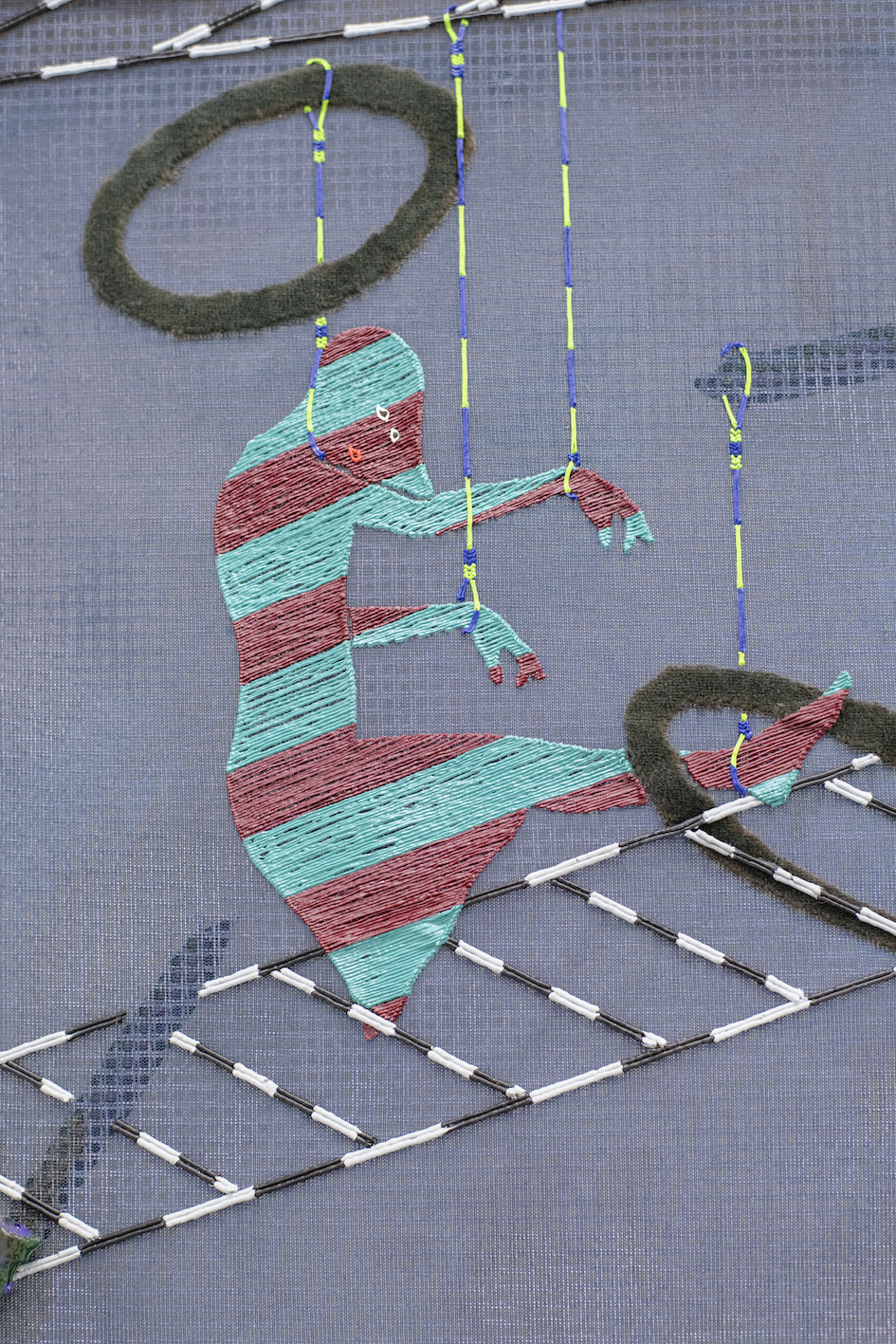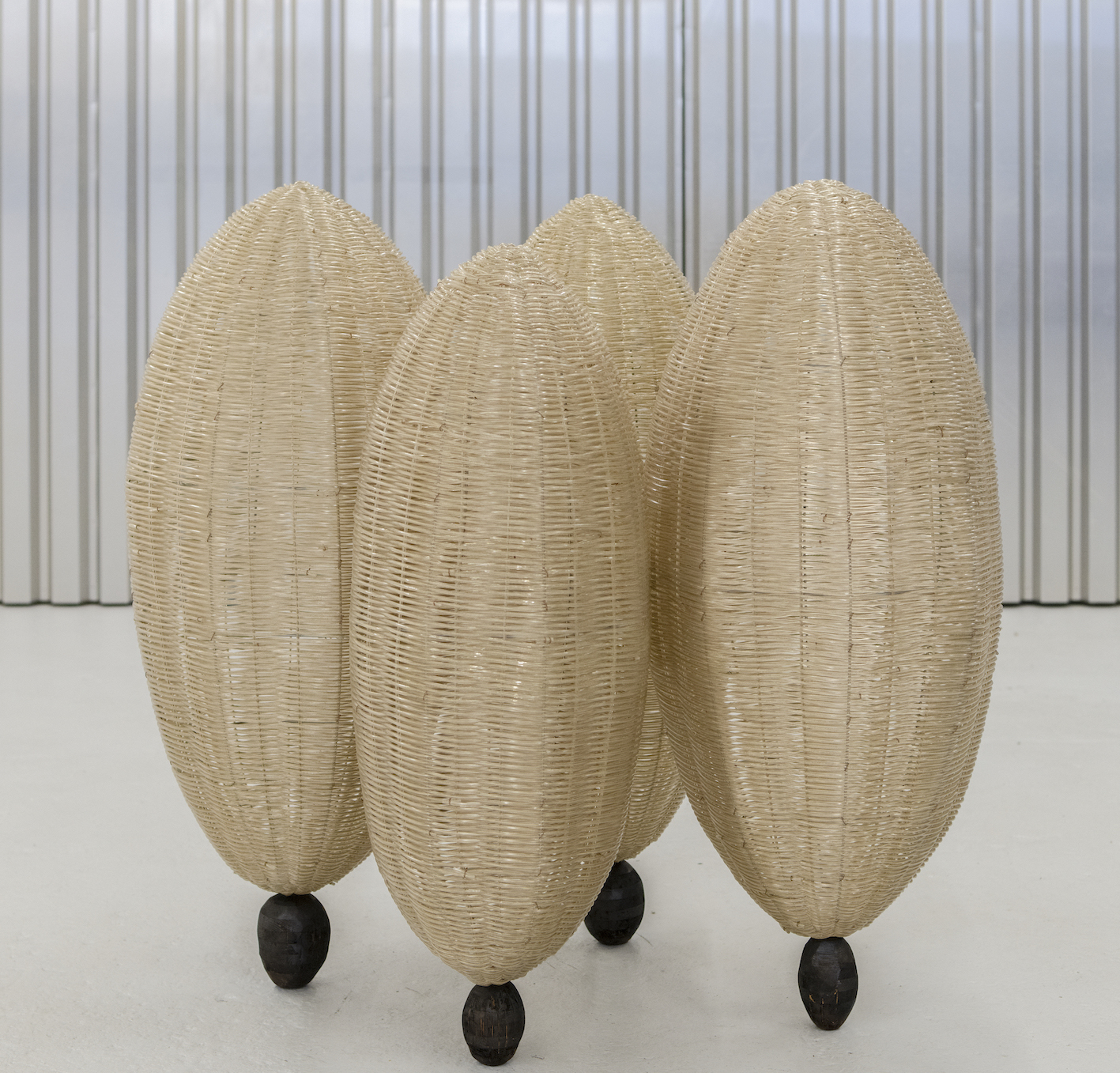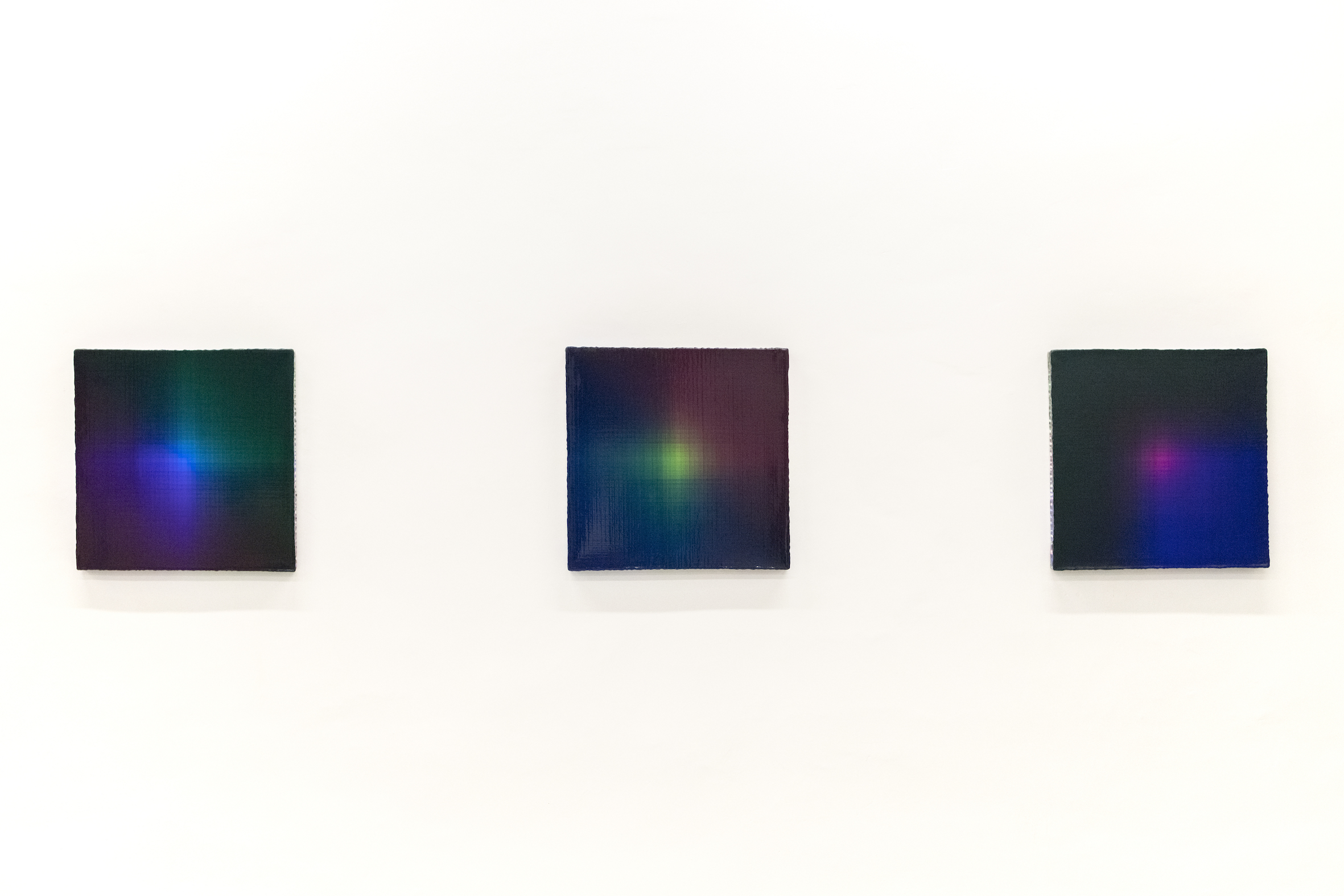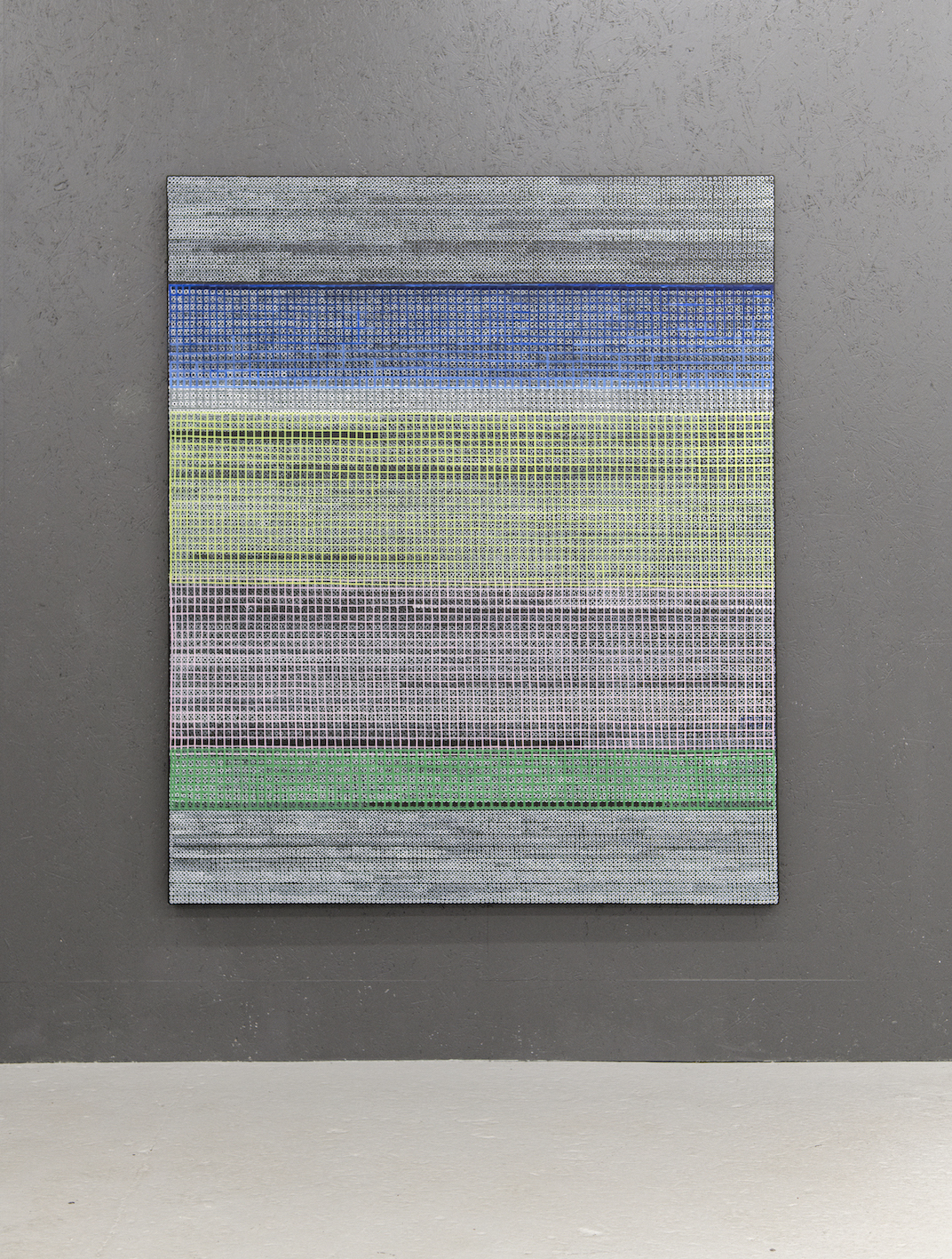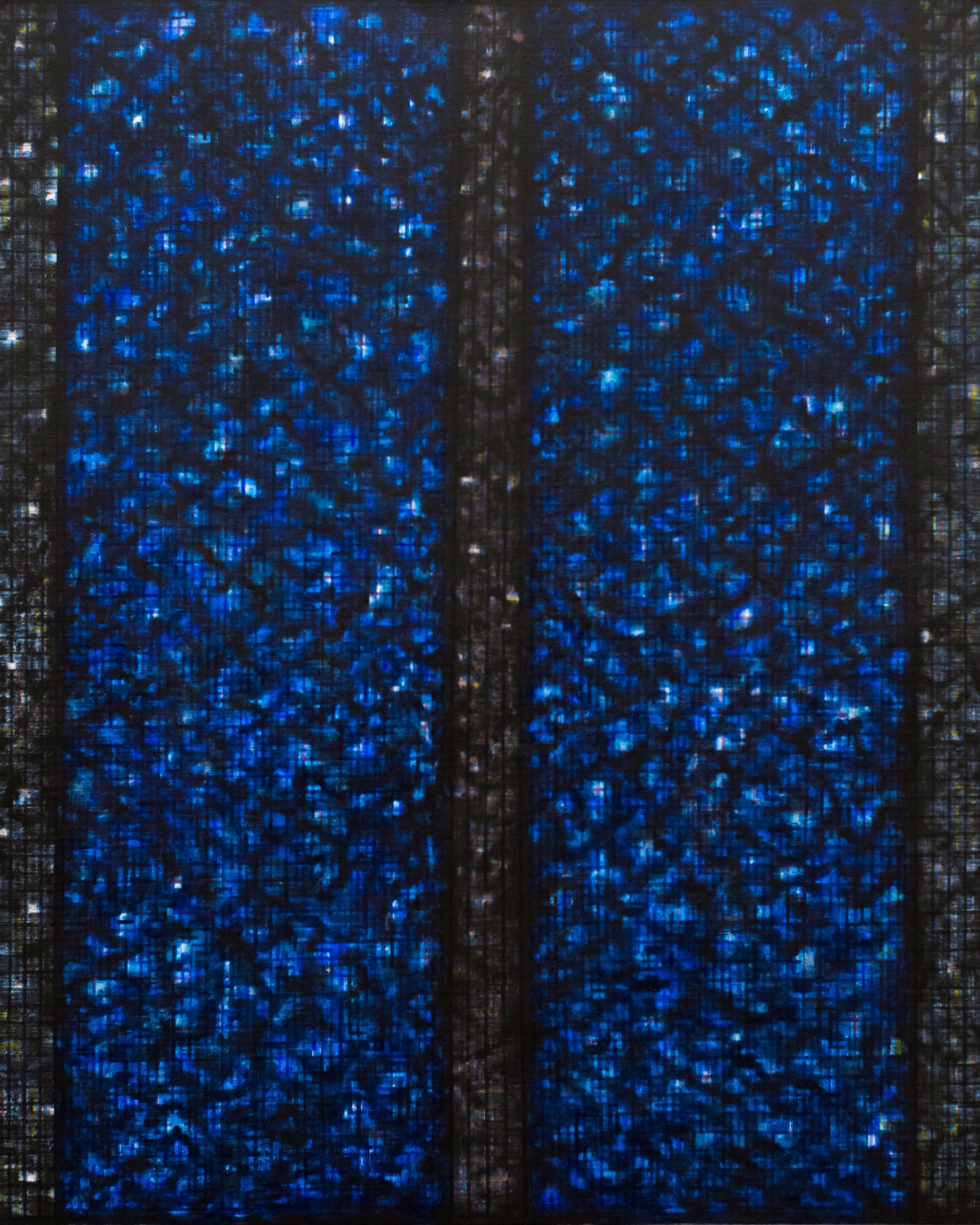The Breathing Corridor
Lhamo Yue Liu
LI Shurui
Paul Galas
Ryo Kinoshita
Wang Yi
Zhang Hanyang
Curator: Cao Yixiao
Organizer: ThisThat Gallery & LIED
Sep 6 – Oct 11, 2025
We find ourselves in an era of cognitive fission, where two distinct cycles of internal and external forces are shaping the human spiritual landscape in radically different ways.
On one hand, social media and short video algorithms have constructed a data-driven labyrinth. Built upon precise neuropsychological models, this mechanism efficiently captures and domesticates attention through infinite scrolling feeds, 15-second rapid repetitions, and high-intensity dopamine stimuli (e.g., TikTok, Instagram, Short Videos). It is an outward, consumptive, centrifugal cycle. While it promises connection and pleasure, it often leads to fragmented attention, heightened anxiety, and a deep dependence on continuous, intense stimulation.
The flow of information has no exit; users are perpetually captured in an endless loop of "like-refresh-re-engage," a social pathology where overstimulation erodes self-reflection.
On the other hand, Eastern Zen thought presents a different logic of circulation. Through practices like breath counting, visualization, and mindfulness in daily activities, it also emphasizes repetition and focus. Yet this repetition is an inward, nourishing, centripetal cycle. Its aim is not to stimulate the senses but to sever the flow of distracting thoughts, strip away external attachments, and ultimately illuminate the original nature of the mind—that moment of pure awareness (Mindfulness). It is a profound contemplation of the essence of self and world. Each inhalation and exhalation is a training in "returning to the present moment." As Gilles Deleuze notes in Difference and Repetition, true repetition is not meaningless reproduction but an opportunity for the generation of difference. The cycle of Zen practice, through the repetition of breath, opens up another temporality.
This exhibition thus poses the question: Between these two seemingly opposing modes of spiritual circulation, is there merely a binary opposition? Can we adopt a transcultural, comparative perspective that moves beyond such binaries, examining their "reciprocation" as a global human condition, and thereby seek inspiration from non-Western epistemologies in the digital age?

